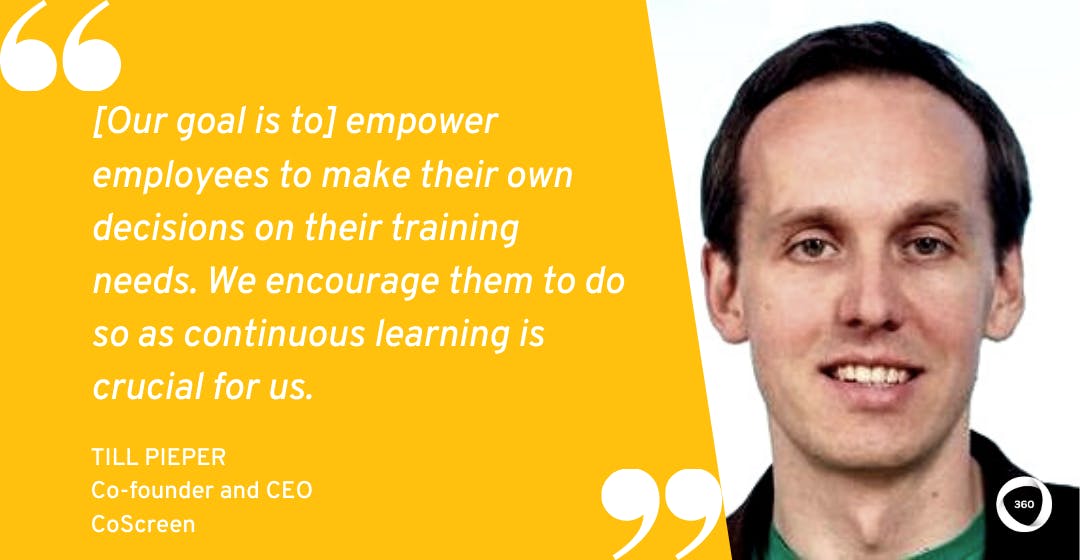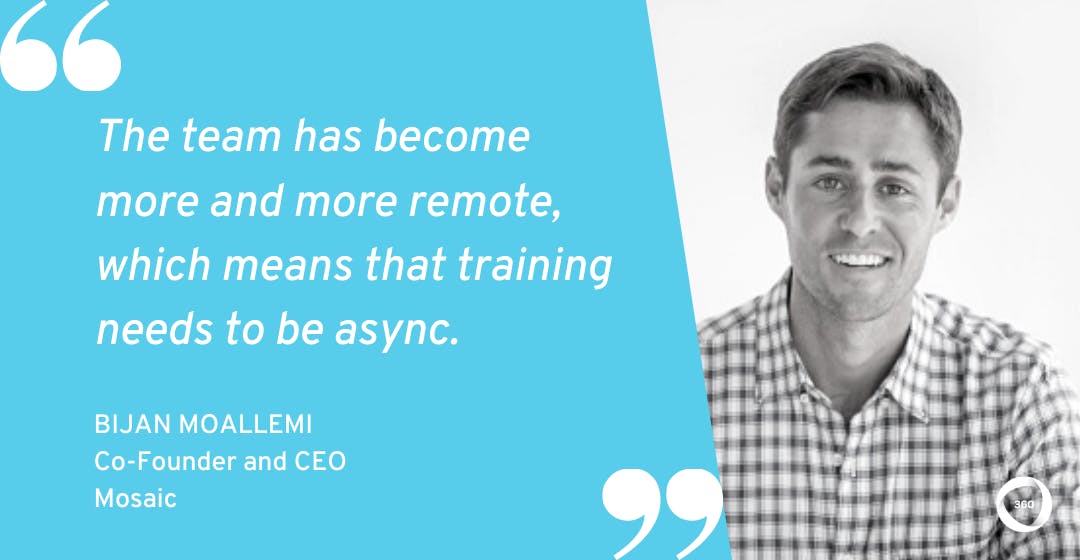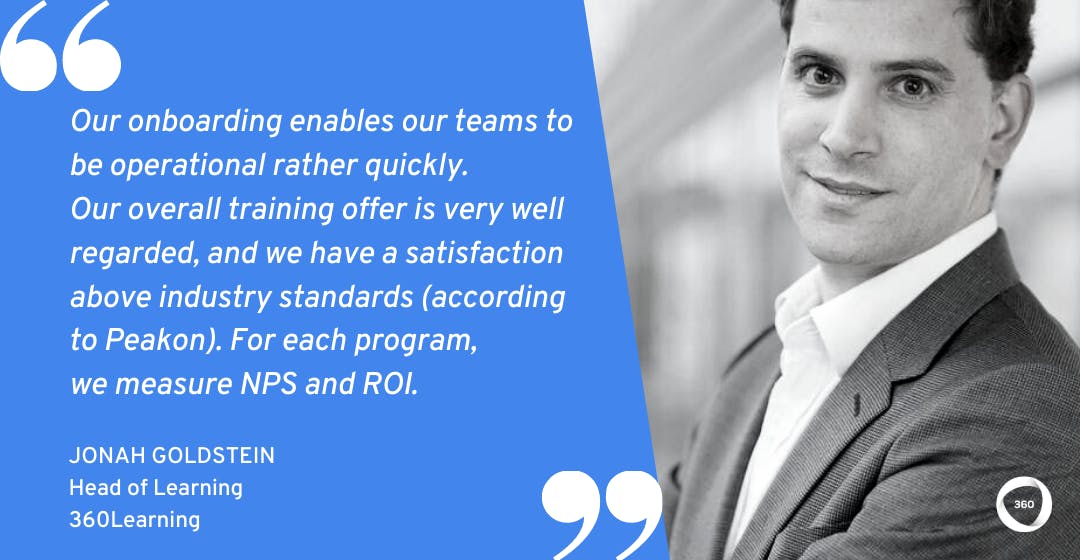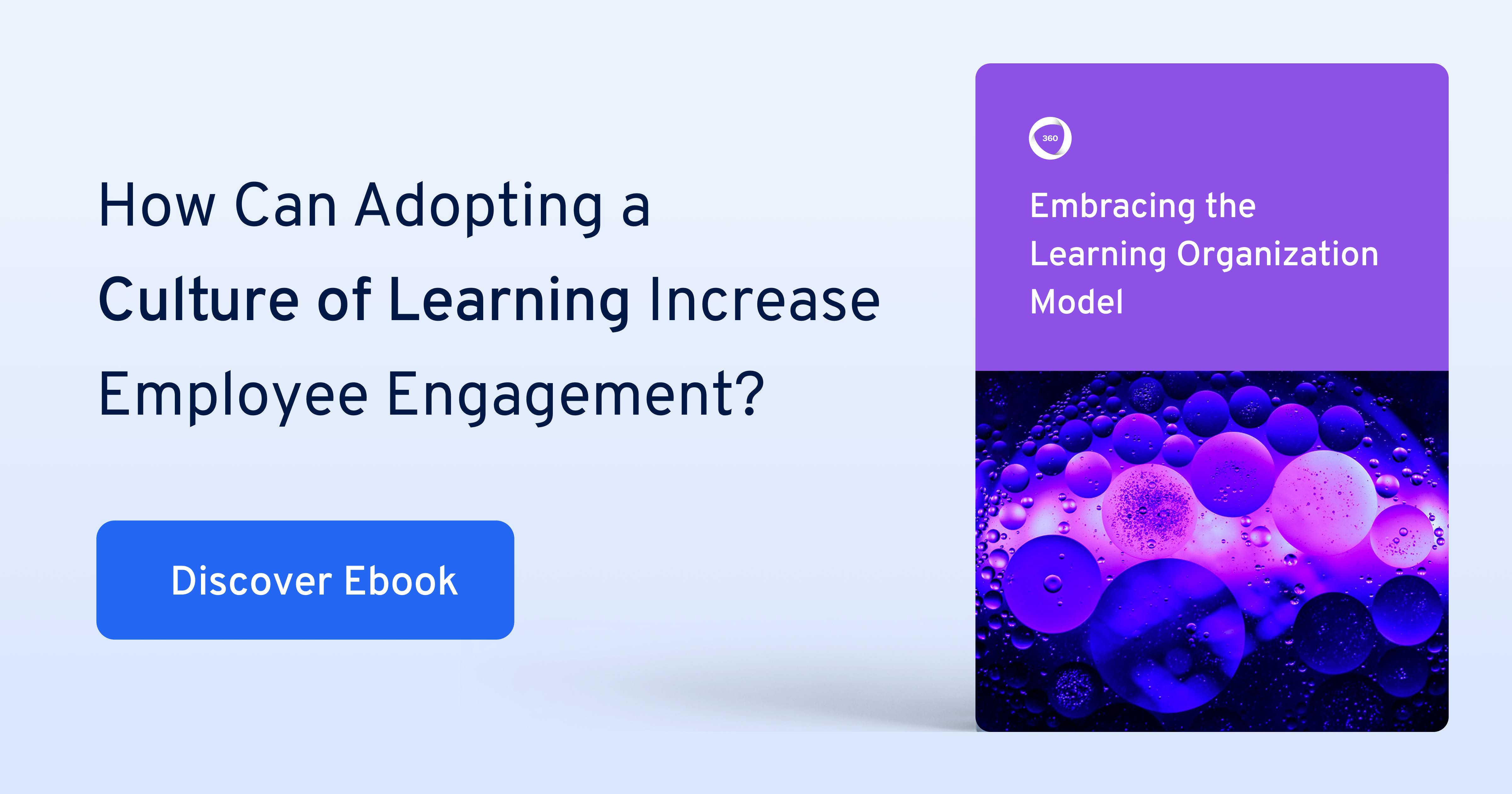The way we approach employee training is changing fast. Gone are the days of 12-hour seminars and tedious classroom lectures. But what's taking their place?
Even if COVID-19 hadn't accelerated the transition to remote work, attitudes toward employee learning and development have shifted significantly. Digital transformation, changing workforce demographics, and a shift toward a more collaborative, democratic work atmosphere have all had a meaningful effect on how L&D departments operate. Many companies are pivoting completely toward online employee training due to its cost-efficiency, flexibility, and efficacy compared to outdated in-person learning techniques.
To find out what this looks like in practice, we surveyed learning leaders at several major SaaS companies (including our own) about their philosophy and approach to employee training. In particular, we were curious how tech companies, the vanguards of organizational change, are approaching online employee training in an age where employees are increasingly demanding more flexibility and better development opportunities.
We found remarkable similarities in training attitudes across these companies. Together, they highlight the increasing importance of organized, collaborative online employee training.
Even companies without L&D departments take training seriously
While some companies are building out robust L&D departments with senior-level CLOs, many smaller SaaS companies have yet to formally create a learning arm for their company. However, even companies with less robust training infrastructure still see the value and importance of online employee training.
The majority of companies we spoke with either didn't have an L&D department or were in the early stages of building one. Most, but not all, used online learning software, while at least one relied on shared Google docs to preserve information. Nonetheless, all organizations recognized that online training in some format is essential for employee retention and organizational growth.
This belief is consistent with trends across the industry. The March 2020 LinkedIn Workplace Learning Report stated that only 27% of CEOS were "active learning champions." One year later, the 2021 report says that 64% of CEOs believe that learning programs are a necessity, and 33% of organizations expect to increase their L&D budgets in the next year.
Where are companies concentrating that training investment? John Kutay is the head of growth at Striim, which specializes in data integration across the cloud. The company is focused on creating a robust employee onboarding process. "First and foremost," says Kutay, "it's critical to align every new member of the team on the company's vision, strategy, and customer use cases."
Other companies center their training programs around continuous learning throughout an employee's career at the company. Till Pieper is the co-founder and CEO of CoScreen, a collaboration tool for engineering teams. CoScreen's focus has been on company-specific training in compliance and best practices. As a startup that is primarily hiring experienced developers and contributors, Pieper says their goal is to "empower employees to make their own decisions on their training needs. We encourage them to do so as continuous learning is crucial for us."

Recognizing the utility and importance of training is the first step; implementing it is another story.
Employee onboarding is critical to align every new member of the team on the company's vision, strategy, and customer use cases.
Online, asynchronous training is the way forward post-COVID
COVID-19 permanently changed how many companies approach learning, paving the way for web-based training even for companies that plan to return to in-person work.
These changes are reflected in similar ways across SaaS companies. With 82% of companies planning to let employees continue remote work post-pandemic, L&D must adapt their learning methods to reach all workers. Bijan Moallemi, CEO of the strategic finance platform Mosaic, reports that "the team has become more and more remote, which means that training needs to be async."

Kutay echoes that sentiment: "[During COVID-19] we shifted to an on-demand, self-service knowledge base. Managers still help guide their new team members, but all the necessary content is available online."
Across industries, 79% of organizations plan to shift budgets away from in-person learning toward online learning. Even for companies that don't intend to stay remote forever, online learning is a more flexible and adaptable solution that guards against unexpected shifts.
The commitment to online employee training means that organizations need to be open to experimenting with new formats and learning styles. Video learning, mobile learning, microlearning, and more are all on the table. Jeniffer Strub is the director of human resources at Vyond, an online animation software. She says that "We believe that training must include a variety of formats to truly be effective. Video is dynamic and easy to absorb, so incorporating is key. Micro-learning is also key to help people absorb and retain training segments."
We believe that training must include a variety of formats to truly be effective. Video is dynamic and easy to absorb, so incorporating is key. Micro-learning is also key to help people absorb and retain training segments.
Proving ROI is still a challenge
SaaS is a results-oriented field, but many companies report confusion or difficulties around measuring return on investment. Training ROI is a critical issue to resolve; hard numbers can help you prove your training programs' utility.
Even companies that deeply believe in employee training's importance haven't yet figured out the ROI equation. "We haven't yet spent enough time measuring this," says Strub.
Some companies are relying on anecdotal evidence that their programs are having an impact. "Hard to say proven ROI," says Moallemi, "but we see folks become more autonomous and comfortable in their role as they better understand the business/space we are in."
To concretely prove ROI, businesses must invest in the right tools to collect and synthesize quantitative data about training. Our own Head of Learning, Jonah Goldstein, explains: "Our onboarding enables our teams to be operational rather quickly. Our overall training offer is very well regarded, and we have a satisfaction above industry standards (according to Peakon). For each program, we measure NPS and ROI."

In short, data is essential for proving the tangible value of training initiatives, and to collect that data, you need a learning platform with robust analytics and cross-platform integrations.
Collaborative Learning rising to the forefront
Nearly everyone we talked to mentioned the value of collaborative or peer learning in their organization. We may be biased due to our dedication to the subject, but it’s impossible to deny that Collaborative Learning is having a moment right now.
So what does Collaborative Learning look like in practice? For many, it looks like leveraging employee-generated content to preserve and distribute institutional knowledge across the organization. “Nearly all of our custom content is created by our employees,” says Strub. “This allows us to make it personal and really resonate with our staff.”

Moallemi agrees that sharing institutional knowledge is very important at Mosaic: “We try to have employees create content and artifacts and ‘train’ the team on certain topics wherever we can.”
Collaborative Learning goes hand in hand with a collaborative philosophy across the organization. “Being a collaboration software provider,” says Pieper, “we encourage our employees to share their knowledge internally through synchronous collaboration sessions as well as externally as advocates for strong engineering and product development practices.”
At 360Learning, this emphasis on collaboration is part of a larger culture of learning. “We have regular ‘learning campaigns,’” says Goldstein, “where we invite the entire company to create content along certain themes (for example: Women’s History Month is going on right now).”
Online employee training is evolving, so don’t fall behind
We can apply the lessons listed above far beyond the SaaS and tech industries. As technology and global change continue to accelerate, it’s more important than ever to invest in robust online training programs that help employees learn with and from one another.
Companies that stick their heads in the sand are setting themselves up for a hard fall. While it may seem tempting to deprioritize learning during times of hardship, it’s much easier to help employees learn as they go than it is to attempt a massive company-wide reskilling initiative.
Safeguard your organization against seismic global and technological changes by investing in online training programs that encourage employees to share their knowledge and actively learn throughout their careers. Employ learning tools that offer quantifiable results to create more effective courses, prove ROI, and get more company buy-in for your learning programs.
Interested in taking the next step on the path to transforming your business into a Learning Organization? We’ve got just the ebook for you:



